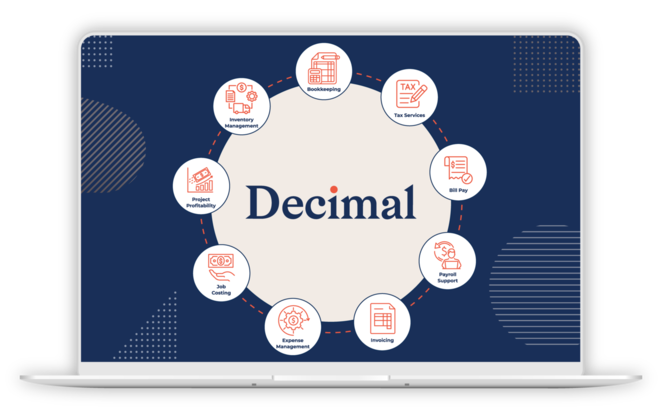Imagine one of your clients owns a small B2B business. They write out three checks totaling $700 and walk to the nearest post office.
Some time passes. They access the company account and are stunned to learn those checks were cashed for more than 40 times that amount.
This happened to Marianne Mandel, who owns a small business in Chicago. The checks were stolen in transit and chemically altered, allowing the thief to write them out to a different payee and for a different amount. In this case, the new total was $28,500.
Mandel was just the latest victim of check fraud. And she isn’t alone.
Numbers don’t lie
Financial fraud surged in 2020 and ‘21, when the government provided financial aid to families and businesses devastated by the COVID-19 pandemic. Since then, check fraud increased by nearly 400%.
Payment fraud remains a serious threat. And checks remain a very vulnerable method of payment. The Association for Financial Professionals (AFP) recently released results of its 2025 fraud and control survey and found 79% of the 521 respondents experienced fraud attempts in 2024. Check fraud was cited by 63% of respondents.
Checks are easy to intercept, with AFP reporting that 23% of organizations experienced check fraud because of mailbox theft. Another reason, however, is many companies are reluctant to adopt digital payment options. Ninety-one percent of companies surveyed use checks, an increase from the 75% that used checks in 2023. Worse, 75% don’t plan on eliminating checks within the next two years.
Checks sent through the mail are impossible to track. It may take companies weeks to realize they’ve become victims of check fraud. And because some banks won’t offer refunds when fraud is reported after 30 days that money may be gone forever. The Financial Crimes Enforcement Network (FinCEN) reports the average amount per reported check fraud in 2023 was $44,774. That could devastate small companies struggling to meet expenses each month.
Types of check fraud
There are many ways scammers use checks. Here are some examples:
- Check washing—This is what happened to Mandel. Check washing is when checks are stolen, and the handwriting is chemically dissolved. This results in a blank check that can be made out to whomever and for any amount. This is a popular form of fraud – FinCEN reports 44% of checks stolen in 2023 were altered and then deposited.
- Paperhanging—A bounced check can be the result of mismanagement or an honest mistake. Paperhanging, however, is when someone knowingly writes a check from an account with insufficient funds. By the time fraud is discovered, the fraudster has either closed the account or dropped out of contact.
- Mail theft—Whether it’s breaking into boxes or targeting postal workers, fraudsters know how to get their hands on other people’s checks. Sometimes, it’s the postal workers themselves committing the crime. If you must use checks, deliver them personally. Sending them by mail has become far too risky.
How to combat check fraud
When clients ask about preventing check fraud, the answer is simple: stop using and accepting checks. That requires businesses, especially in the B2B space where transaction amounts are larger, to offer their customers different payment options.
Digital payments are safer than checks because they can’t be ripped from mailboxes or chemically altered. They also have stronger security measures. Credit cards are encrypted, and companies alert holders immediately of any suspicious activity. That way, there is a greater chance of fraud protection.
Thieves who intercept or steal checks have access to all the funds in that account. That’s not the case with credit cards because the bill is paid by the company issuing the card.
Another option is ACH (Automated Clearing House). Payments through ACH are linked to a bank account but are made digitally and can’t be stolen or tampered with. ACH transactions are also protected under the Electronic Funds Transfer Act (EFTA). Enacted in 1978 because of the rising popularity of ATMs, the EFTA gives companies and their customers up to 60 days to redeem funds lost to fraud or mistakes. Paper checks don’t offer such a luxury.
Ditching checks and going digital is the best way to shield your clients from check fraud. Digital payments also process way faster than checks, enabling clients to get paid faster and increase cash flow.
Automation: Your best weapon against check fraud
Accounting automation, especially when it comes to a B2B company’s AR (accounts receivable) process, is effective in ending check fraud.
The best AR automation platforms enable buyers to set up and manage digital wallets. This enables them to make payments via ACH and with credit cards by simply clicking a button, eliminating the risk of check fraud and ensuring B2B companies get paid quickly. These payments are secure too because the cybersecurity used by accounting automation platforms must comply with strict regulations.
Along with accelerating and securing collections, automation makes life easier for your clients by streamlining their AR process. No more checks lying around, waiting to be lost or stolen. Payments are processed and reconciled digitally and accurately into a secure, embedded platform. That also saves a team the time and stress involved with running a manual AR process.
Conclusion
Check fraud won’t disappear until checks do. While some people remain set in their ways, integrating accounting automation is effective in presenting buyers will flexible, digital payment options that are far more secure, and process faster than checks.
Bill360 will be at Scaling New Heights in Orlando and hosting a Power Breakfast at 8 a.m. Wednesday, June 25, featuring Nevada Gump, a Senior Special Agent with the United States. Gump’s presentation, “Combating Check Fraud with Digital Innovation: An Accountant's Guide to Payment Security,” will discuss check fraud in B2B. Attendees will learn how to identify vulnerabilities in payment methods and evaluate how digital methods enhance security and reduce fraud.
This article is generously brought to you by one of our valued sponsors. Their support enables us to continue delivering expert insights and the latest industry trends to our dedicated community of accounting professionals.
.png?width=150&height=63&name=TWRlogo-regmark_blueblack%20(1).png)
.png)










Do you have questions about this article? Email us and let us know > info@woodard.com
Comments: